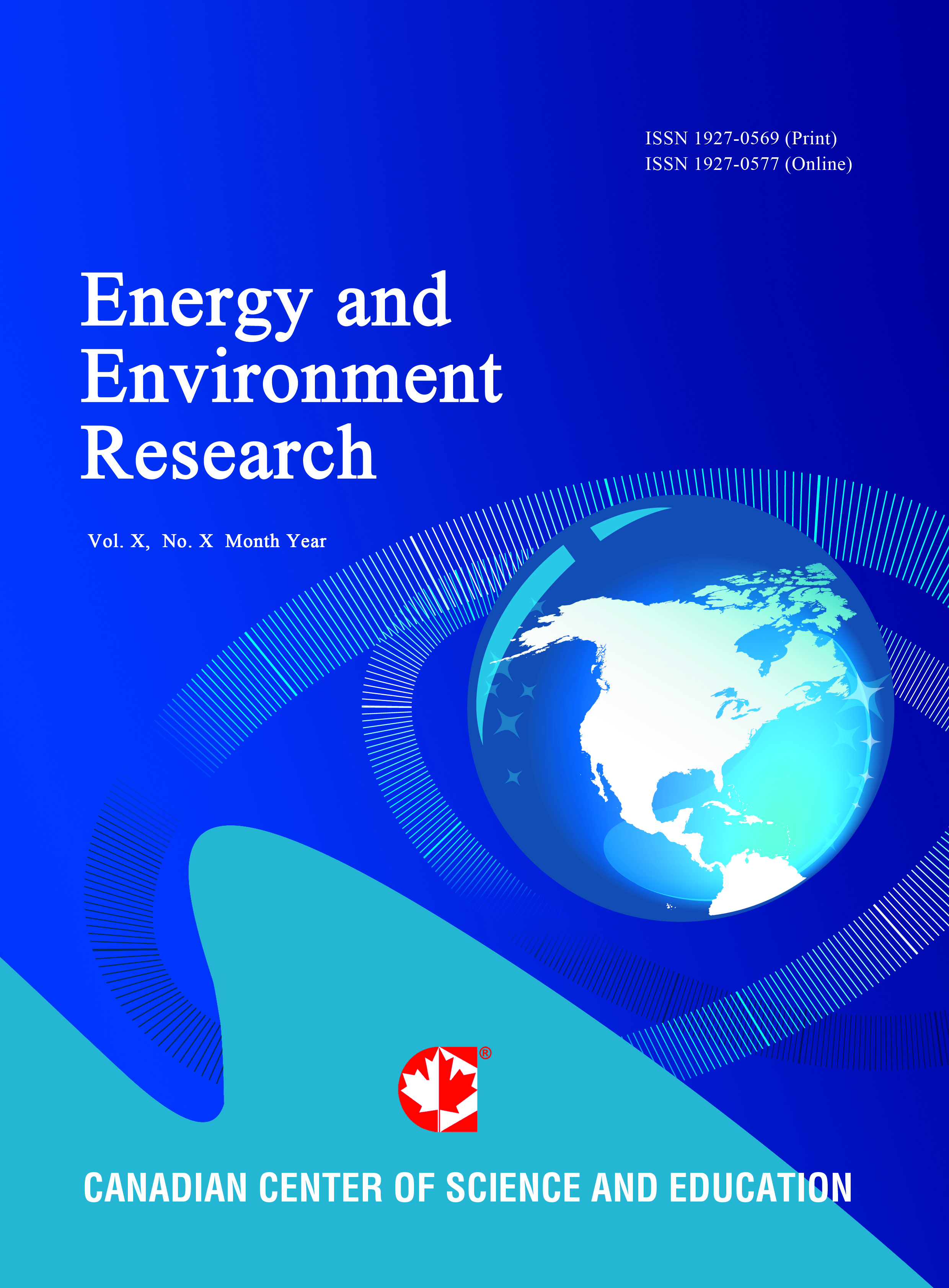Estimating Potential Community-wide Energy and Greenhouse Gas Emissions Savings from Residential Energy Retrofits
- Damian Pitt
- John Randolph
- David St. Jean
- Mark Chang
Abstract
The residential sector accounts for over 20% of U.S. primary energy consumption and offers numerous opportunities for conservation and efficiency. Chief among these is retrofitting existing homes, which can reduce annual household energy consumption while also improving indoor air quality and thermal comfort and supporting local economic development. Many U.S. localities identify residential retrofits as a major priority in their Climate Action Plans, but lack information on the extent of energy consumption and greenhouse gas (GHG) reduction that they can achieve. We present a methodology used in Blacksburg, Virginia, to estimate potential energy and GHG savings from a residential retrofit program, which we find could reduce projected year 2050 residential energy use by as much as 36%. We conclude with a discussion of the obstacles that communities face in implementing retrofit programs and steps being taken in Blacksburg to overcome those obstacles.- Full Text:
 PDF
PDF
- DOI:10.5539/eer.v2n1p44
Journal Metrics
(The data was calculated based on Google Scholar Citations)
h-index (July 2022): 19
i10-index (July 2022): 53
h5-index (July 2022): N/A
h5-median(July 2022): N/A
Index
- BASE (Bielefeld Academic Search Engine)
- CiteFactor
- CNKI Scholar
- Elektronische Zeitschriftenbibliothek (EZB)
- Excellence in Research for Australia (ERA)
- Genamics JournalSeek
- Google Scholar
- NewJour
- Norwegian Centre for Research Data (NSD)
- PKP Open Archives Harvester
- Publons
- ROAD
- SHERPA/RoMEO
- Standard Periodical Directory
- Ulrich's
- Universe Digital Library
- WorldCat
Contact
- Lesley LuoEditorial Assistant
- eer@ccsenet.org
